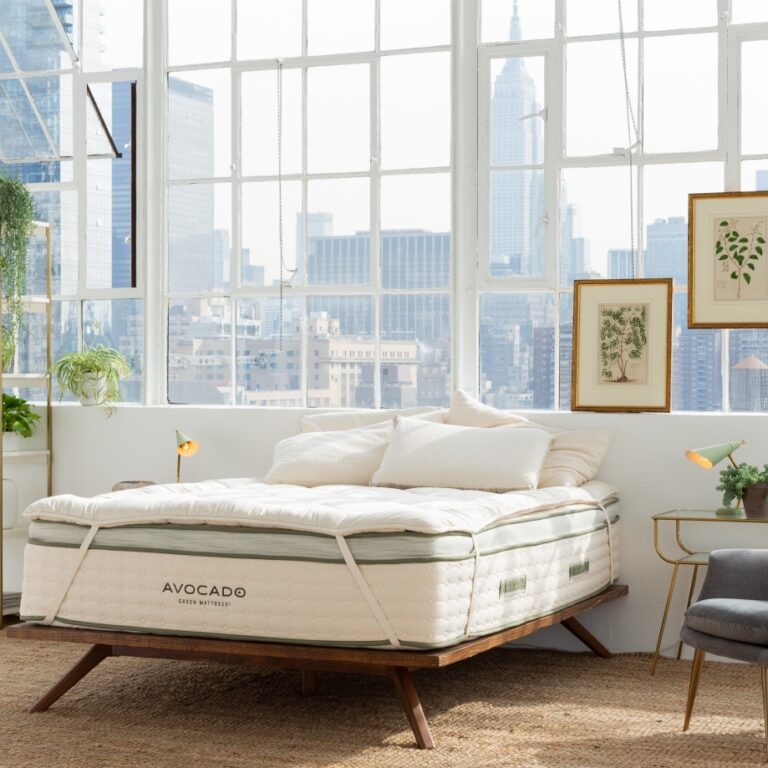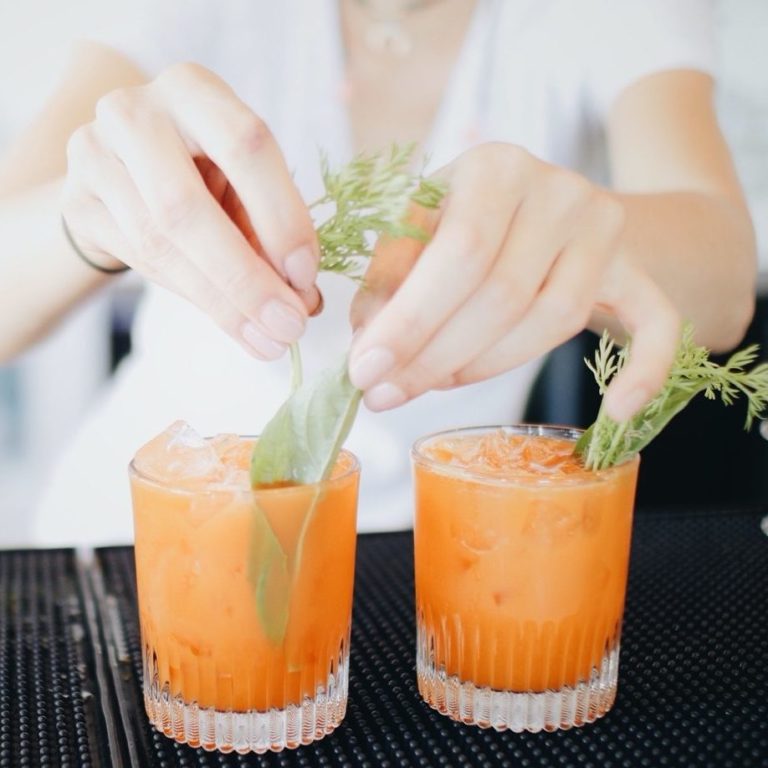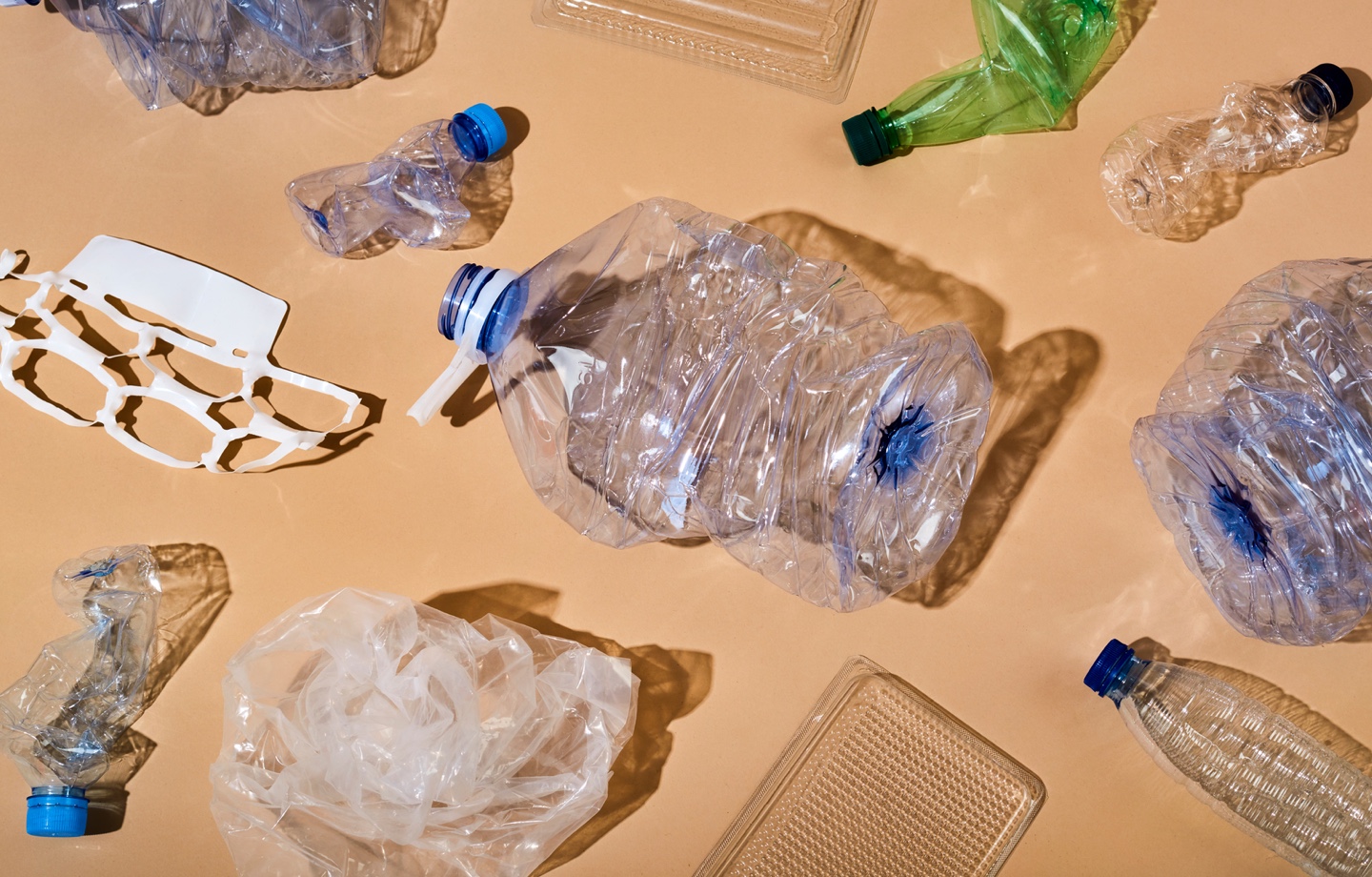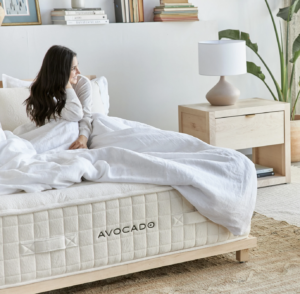Our plastic pollution crisis is getting worse. Here are six things you can do to help.
It’s impossible to live in 2020 without using plastics. In order to understand our inextricable connection to one of the planet’s most influential and devastating inventions, it’s important to look back at history to realize that plastic was created recently.
Plastic was created in 1905 by Leo Baekeland. Even then, it contained no molecules found in nature. Baekeland was finding alternatives for natural electric insulators to meet the demand for electrical equipment in the U.S. He developed plastic that was suited for mechanical purposes, however, that led to research companies wanting to invest in polymer production. During War World II, the country was focused on saving resources for the war effort. That eventually led the government to increase the demand for plastic for a multitude of weapons, gear, and other products. During the war, the U.S. saw a 300 percent increase in plastic production.
Since the 1960s, plastic use has increased dramatically. We use more than 8.3 billion tons of plastics worldwide annually — only 9 percent of which gets recycled. That’s more than 6.3 billion tons of waste! Later in the 60s, the environmental movement recognized the dangers of plastics and curbside pickup programs became commonplace in many urban and suburban areas.
“A recent study showed that by 2050 there will be more plastic than fish in the ocean.”
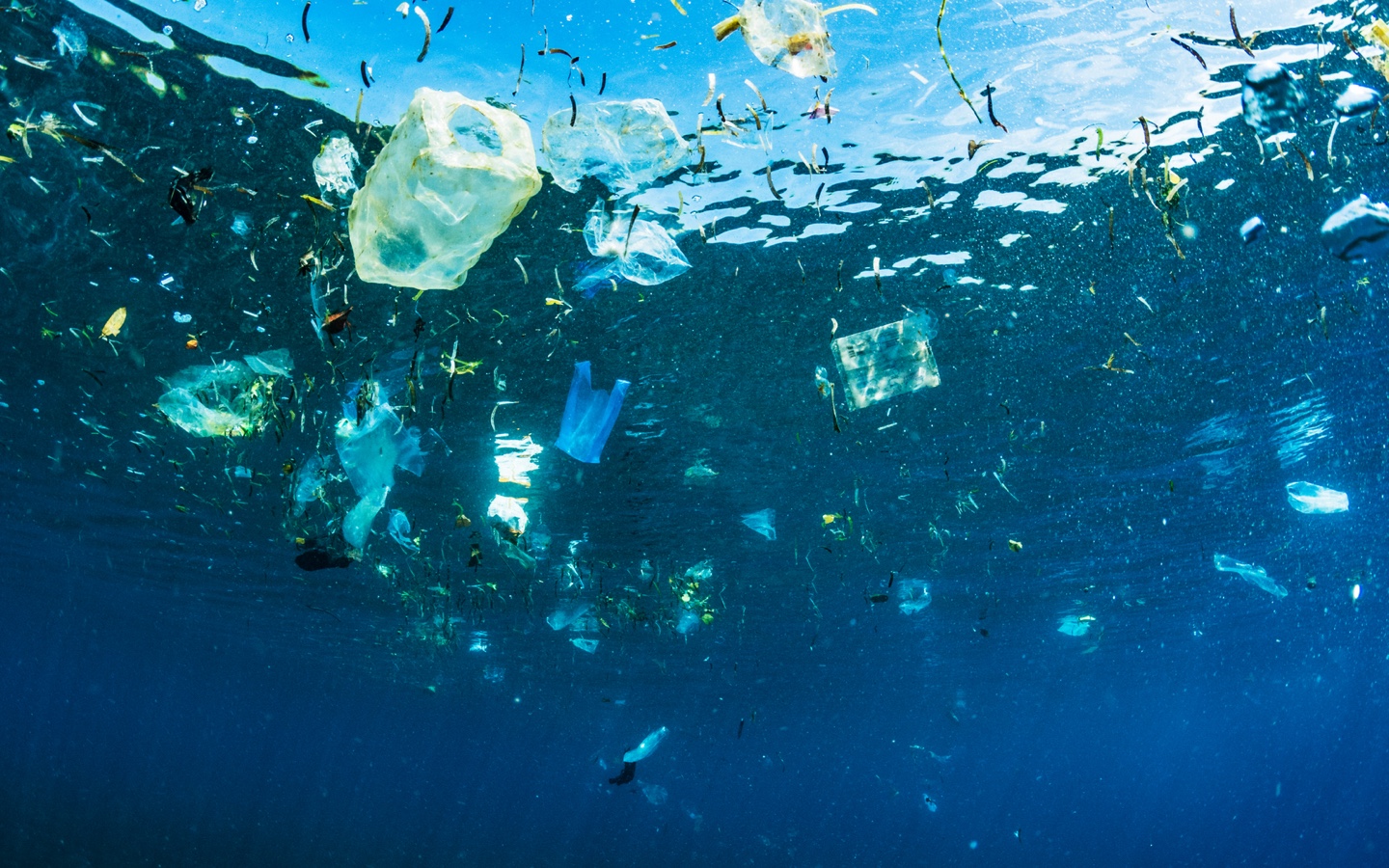
But the programs were only meant to help mitigate the situation that still allowed corporations to create cheap, disposable, single-use products that flooded the wastestream without a penalty or tax. According to a recent study by the EPA, containers and plastic packaging amounted to the highest tonnage found in municipal solid waste facilities. Recycling will not cure our plastic crisis. In fact, despite recycling education being at an all-time-high, things are only going to get worse — a recent study showed that by 2050 there will be more plastic than fish in the ocean.
In an effort to address how consumers were dealing with plastics in their lives, the zero-waste lifestyle grew in 2012. Many zero-waste bloggers emphasized the importance of consciously reducing waste. Zero-waste was originally defined by the Zero Waste International Alliance back in 2002, and later refined in 2018, as the responsible production of materials, packaging, and sourcing without having negative environmental impacts on ecosystems and communities.
While the zero-waste movement is often seen as a privileged lifestyle choice, many followers also encourage people to also use what they already have in their homes. Most often not, many people use products only one time and are not creatively thinking of ways of how to reuse the product without it entering a landfill.
The zero-waste lifestyle encourages individual responsibility while also seeking to hold accountable the oil industry that develops the plastic at such mass volumes that they create islands of waste. In fact, an effort to shift responsibility to consumers, many oil conglomerates have even invested in more recycling and waste management programs, which is cheaper for them than making broadscale changes that actually address the root of the problem.
So while mitigating plastic use and finding new creative uses of your plastics is a start, nothing will fundamentally change until we have elected leaders who take environmental issues seriously. So before you do any of the things we’ve listed below, be sure you’re registered to vote, and then make a plan to cast educated choices on election day.
#1 — Vote
Support politicians who take environmental issues seriously up and down the ballot box.
#2 — Plastic Water Bottles To Pots
Cut a medium-size square hole in the middle part of the central section and fill it up with soil and grow your plants in it! Not only do you save money from buying pots, but you also prevent the plastic from entering the landfill. Don’t forget to poke small holes at the bottom to allow excess water to drain out.
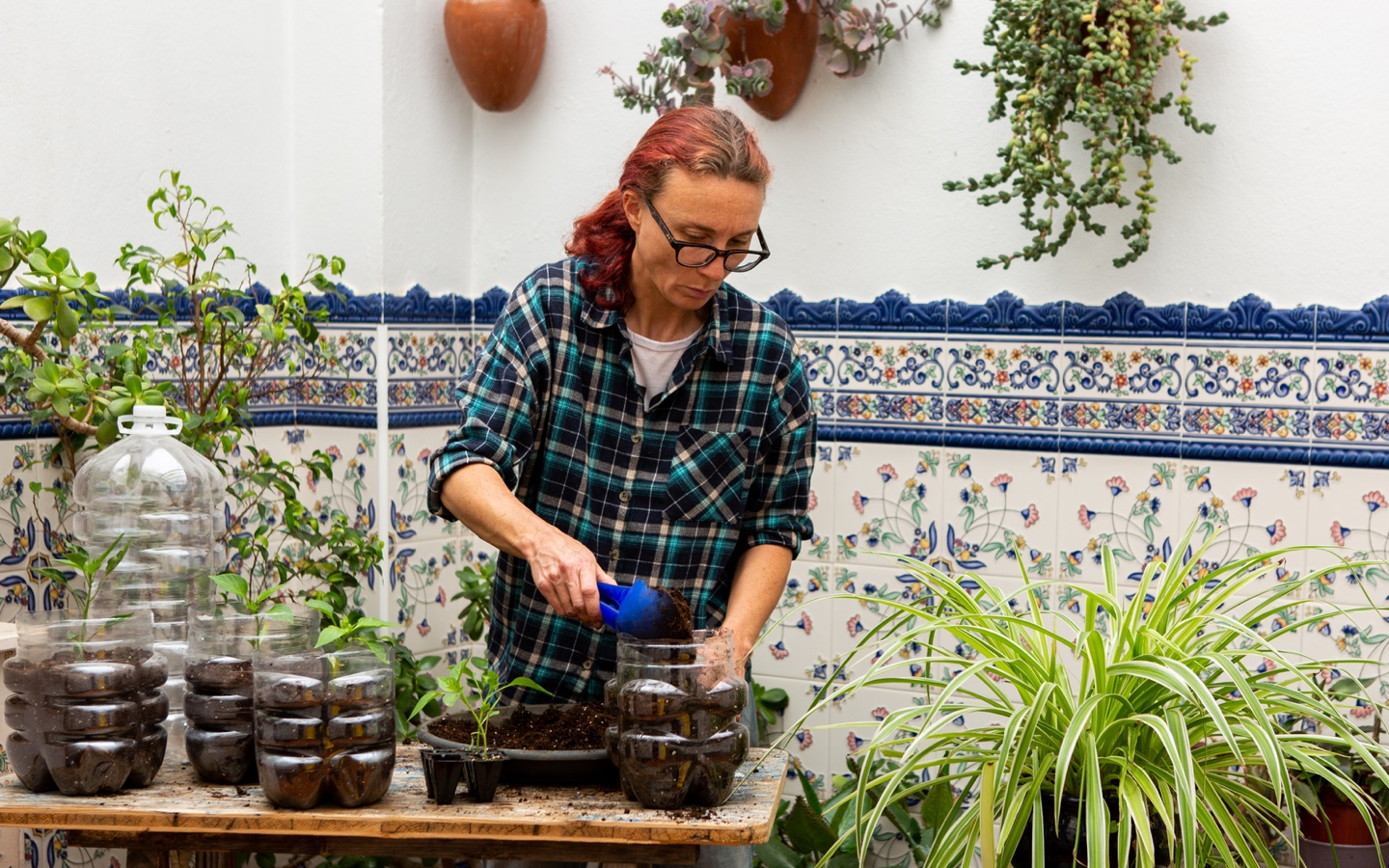
#3 — Liquid Jug Jars To Office Containers
Need to store documents, papers, or books? Cut half of the part from a jug to make a container. It comes in handy without having to buy one at a store.
#4 — Plastic Bags to a Reusable Bag
This one is my favorite. If you forget your reusable bags and paper bags aren’t available, repurpose your plastic bags and use wax paper and iron to create a new reusable bag!
#5 — Plastic Takeout Containers To Pencil/Pen Box
Many of us are guilty of going out and buying food to go that generally comes in plastic containers. While many people reuse it to store their next meals, you can also opt-in by using it as a case to store your pencils/pens that are left lying around your home!
#6 — Plastic Container Lids To Wall Art
Have you ever wanted to design your own art piece but wanted to save money? Well, you can collect all your old plastic container lids to create a collage of colors and designs using them.

Shop Pillows
The Essential Organic Pillow Collection
Gentle, breathable, non-toxic support.


